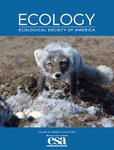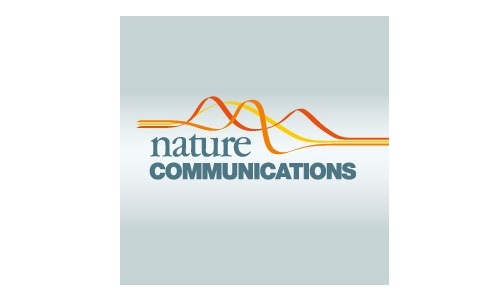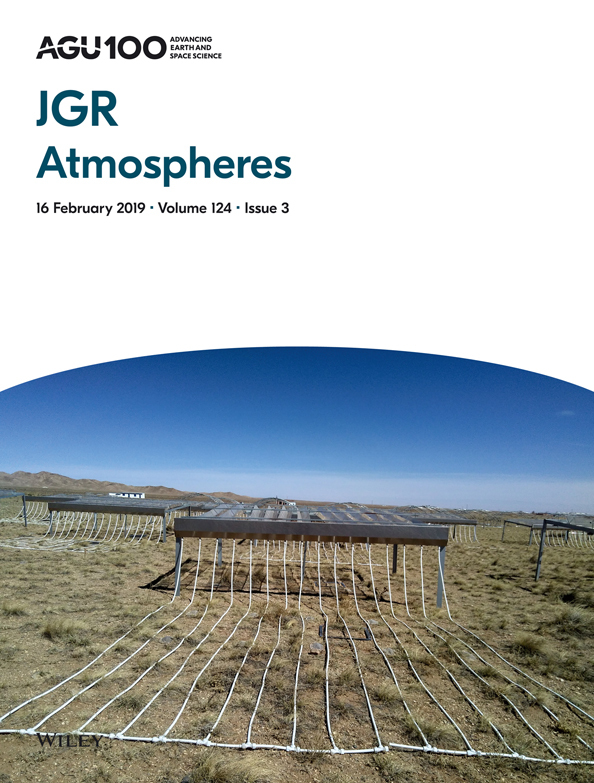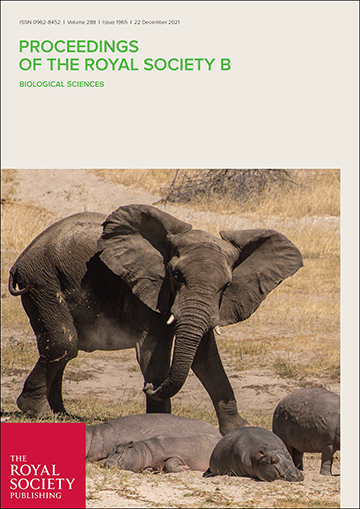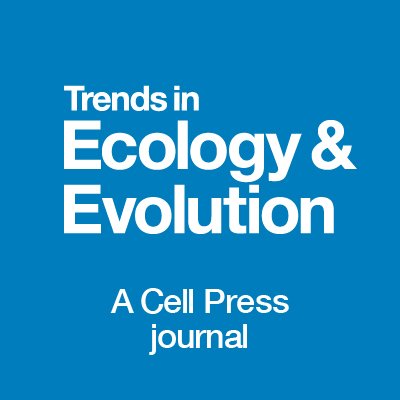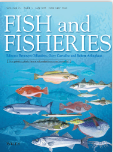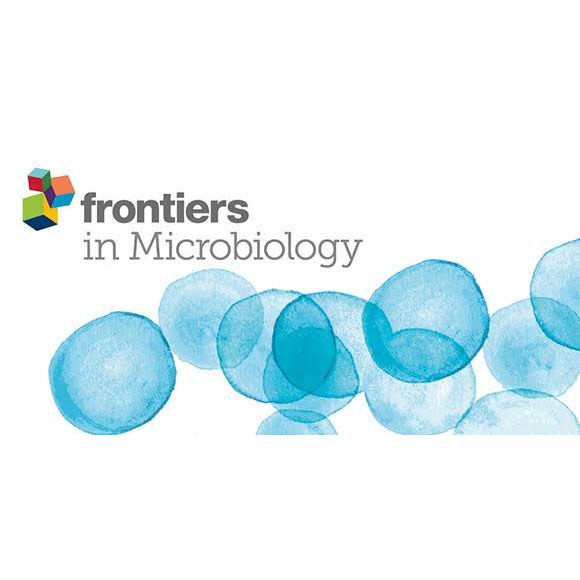Biological invasions reveal how niche change affects the transferability of species distribution models
It is widely debated if species distribution models are transferable across space and time. The authors synthesized results on 217 species from 50 studies to elucidate effects of niche change on model transferability. They found that niche change reduced model transferability; however, a lack of presence points for developing models led to an even stronger reduction in transferability.
Equilibrated evolution of the mixed auto-/allopolyploid haplotype-resolved genome of the invasive hexaploid Prussian carp
The Prussian carp or Gibel carp is considered one of the most successful invasive fish species in Europe. Its ability to reproduce asexually gives it a major advantage over competing fish. The authors have for the first time described the complete genome of the Prussian carp.This also provides a much better understanding of its unusual reproductive method and to improve its management.
Multiple angle observations would benefit visible band remote sensing using night lights
The authors propose that next generation night-time remote sensing missions should consider multiple angles for observations in the visible band. They demonstrate via modeling and examples how the proposed method would leverage light pollution studies and unlock new applications for night-time remote sensing.
The rising moon promotes mate finding in moths
The authors have shown for the first time that the moon plays a key role in the reproductive behaviour of male moths: when the moon rises on the horizon, they find females better and faster. Fortunately, they are not bothered by low levels of light pollution.
Evolution of toxins as a public good in phytoplankton
The authors studied, with an individual-based phytoplankton model, how toxins can evolve and how intraspecific variation of toxicity can be maintained in toxic phytoplankton blooms. They found that small-scale spatial heterogeneity generated by binary division of phytoplankton cells can explain the evolution of toxins as a public good and the coexistence of toxic and non-toxic genotypes.
The potential of large floodplains to remove nitrate in river basins: the Danube case
Based on the modelling of nutrient fluxes in the Danube River Basin, the authors estimated the (potential) contribution of the large floodplains to remove nitrate from the Danube and major tributaries. The active floodplains retain 33000 tons per year, or 6.5% of the total nitrogen emissions, which can be increased by 5000 tons if floodplains and water bodies are reconnected.
The era of reference genomes in conservation genomics
The European Reference Genome Atlas (ERGA) is a pan-European scientific response to the current threats to biodiversity that aims to generate reference genomes of eukaryotic species across the tree of life. ERGA reference genomes will include threatened, endemic, and keystone species, as well as pests and species important to agriculture, fisheries, and ecosystem function.
Digital fisheries data in the Internet age: emerging tools for research and monitoring using online data in recreational fisheries
Digital data offer novel ways to assess and understand recreational fisheries. The paper presents novel ways to understand dynamics of recreational fisheries.
A hybrid empirical and parametric approach for managing ecosystem complexity: water quality in Lake Geneva under nonstationary futures
A hybrid model which combines a classical 1D lake model with data-driven machine learning was used to predict changes in deepwater oxygen concentrations under varying climatic conditions and nutrient concentrations. The model predicted deepwater oxygen concentrations of Lake Geneva more precisely than a classical approach. Increasing air temperatures have similar effects as phosphorus inputs.
Antarctic glacial meltwater impacts the diversity of fungal parasites associated with benthic diatoms in shallow coastal zones
First study on the fungal diversity in Antarctic benthic habitats along a salinity gradient to determine the co-occurrence of fungal parasites with their algal hosts dominated by benthic diatoms. Ascomycota and Chytridiomycota are the most abundant fungal taxa. Salinity shapes the fungal and the whole eukaryotic community composition, whereby fungal diversity increases with decreasing salinity.


